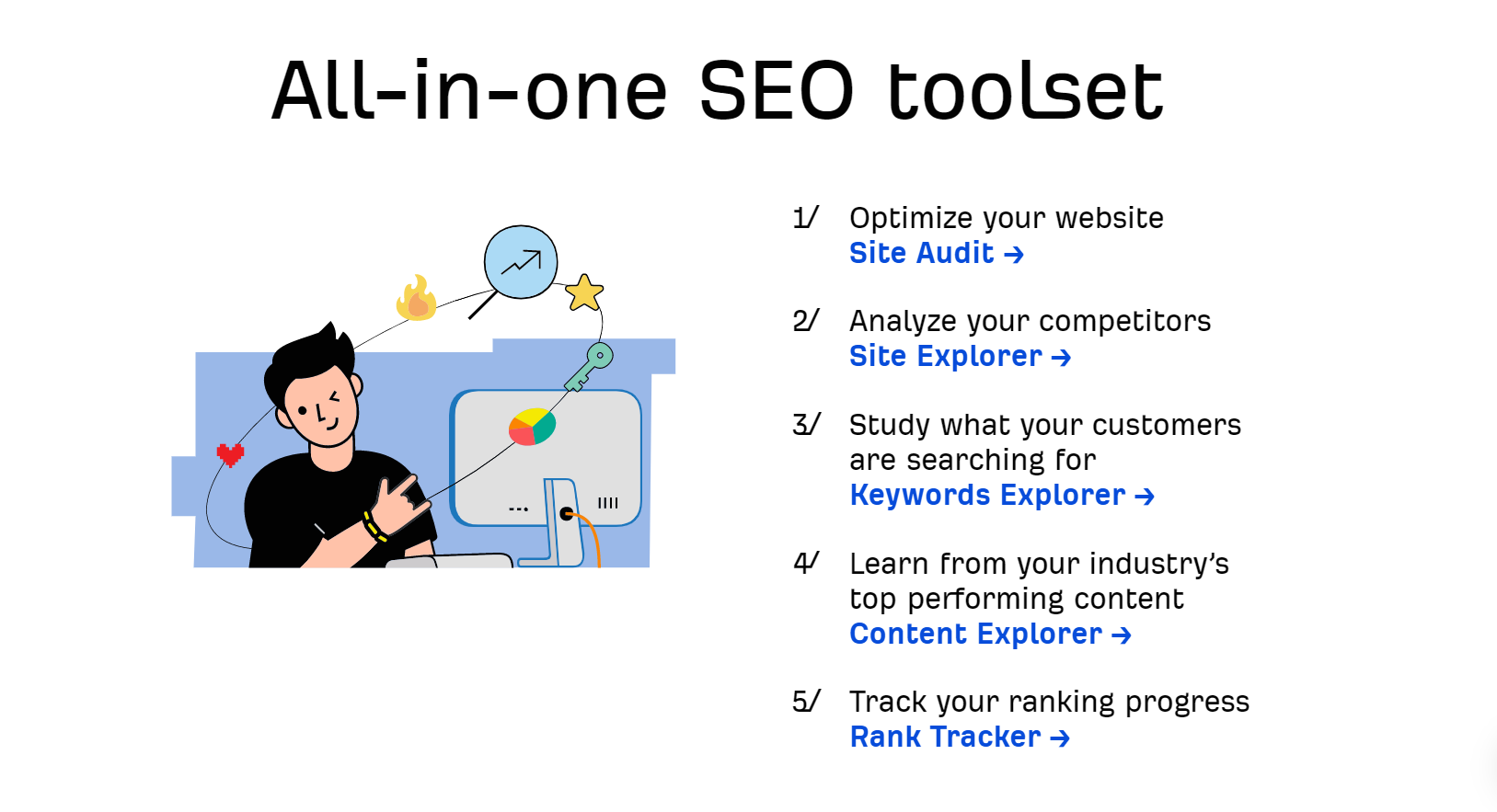User experience (UX) is how users interact with a product. In other words, UX is responsible for ensuring that users can use a product with no problems.
When it comes to UX writing, it’s crafting user interface (UI) copy to guide users to interact within a digital product properly. In short, UX writing acts as a bridge between users and that product.
While UX writing may seem exciting on the surface, mistakes can still happen if you’re not careful. But don’t worry! We’re here to help!
In this article, we’ll show you five of the common mistakes made by UX writers and how you can prevent such mistakes from happening to you.
Using Lorem Ipsum in your copy
Lorem Ipsum is a type of Latin text that serves as a placeholder until the actual text is written. However, this type of text can interfere with your UX copy. If not interfering, writers will forget the text when it comes time to review and modify the copy.
To prevent either from happening, fill the space with real content so that you can see the difference in your copy. In this way, you can keep track of any changes or if you need to make changes at all.
In Lunacy, you can use the AI-powered text generation feature to free your head for creative ideas. Select a text block on the canvas, then click the down arrowhead next to the T icon in the Inspector and select the required text category. For example, a city, a phone number, or a random paragraph.

Sounding like a robot
Don’t use standard phrases. Speak like your audience. In other words, pay attention to the tone of your brand. How will it sound:
- Professional?
- Informal?
- Fun and exciting?
Here are some of the questions you need to ask yourself when writing your copy. The last thing you want to do is appear banal or inhuman.
Confusing punctuation
If you get chills thinking about punctuations or get super confused with them, then go back to your writing guidelines. Or, in that case, if you don’t have one, read someone else’s writing guidelines. Someone must have mentioned these confusing punctuations: when, where, why, and how to use them.
For starters, we have put down some day-to-day punctuation mistakes for you:
Ellipsis
An ellipsis is normally just three dots at the end of a statement or thought. Never place two or four dots as a means to add an ellipsis. Also, don’t make it an endless line of dots to make an ellipsis. It’s always three dots […]
Slash
Keep in mind that there’s no space between a slash and words (or numbers). Therefore, you don’t need to make slashes visually known to readers. Instead, let the punctuations do their jobs. Take a look at these two instances:
- “Can you ask him / her to clarify?”
- “Can you ask him/her to clarify?”
In that case, the second instance would be correct.
Exclamation mark
Exclamation marks should always be used sparingly because your UX copy is meant to inform users, not be opinionated. Besides, an exclamation point is often reserved for when an interjection is made in a sentence. Or, if a sentence suggests strong feelings or high volume, then an exclamation mark is necessary. Or, if you’re showing emphasis in a statement, then use the exclamation mark.
Otherwise, refrain from using exclamations in your UX copy.
Quotation marks
Quotation marks indicate that someone or some people are speaking. Only use quotation marks if someone is speaking.
Also, make sure that you place question marks and commas inside the quotation marks.
- “There is a dog outside”.
- “There is a dog outside.”
In that case, the second instance shows the correct way of using and placing quotation marks. Here is another example:
- “My toy truck is missing a wheel,” says Tommy.
- “My toy truck is missing a wheel”, says Tommy.
Here, the first instance is correct.
Commas
Commas can work in the following ways:
- To show a series of objects, events, people, etc.
- To end a quote, before closing it with the ending quotation mark
- To indicate a soft pause or a small break, and so on
When you use commas strategically, your UX copy won’t be riddled with too many in a sentence, and you’ll be able to have control over a sentence.
Giving users too many details
“As much as you would like to spend all day telling users what your application can do, it’s important not to offer too many details,” says Katie Dawson, a UX blogger at Essay Services and Revieweal.

“Too many details can bore users, and they’ll most likely move on to something else rather than check out your application.” Do your research: ask your users what features they use more often. After that, you can focus on these functions in your copy.
“In this way, you’re allowing users to decide for themselves whether or not to check out your application further.”

Having typos and grammatical errors
Now, this last point is evident. There’s a high chance that your rough draft will be riddled with typos and grammar mistakes – many UX writers know this. But do they check for typos and errors? Well, not all the time.
So, you must look through your UX copy to see if anything needs to be corrected. You’ll be amazed at seeing how many typos and errors might show up once you read through your rough draft. Like any form of writing, you’ll need to check and double-check.
Here are some ways that you can check for typos and errors on your UX copy:
- Online tools like Grammarly make sure to indicate any errors that might pop up in a written text. You can add such tools as plugins on your computer so that when you fill out, say, forms for an application, you can learn your mistakes ahead of time before hitting “Submit.”
- Or you and a few other people can look through your UX copy for any mistakes. Getting feedback from your peers or colleagues can give you that extra pair of eyes that can help spot mistakes.
However, using both techniques discussed here can help you even better when checking for typos and errors because sometimes, one strategy may fall short of what you want to achieve in your writing.
Conclusion
Ultimately, UX writing is like any other form of writing. However, the major difference is that you’re writing for users, not yourself. That’s why it’s important to get a good handle on your UX writing.
By avoiding the five mistakes that we’ve discussed in this article, your UX copy will successfully describe and promote your product!
About the author
Lauren Groff is a writer and editor at Academized and Boomessays. She is also a contributing writer at Student Writing Services. As a content writer, she specializes in UX design and digital marketing.




